Julien Aligon
Université de Toulouse-Capitole, IRIT CNRS/UMR 5505
Investigating the Duality of Interpretability and Explainability in Machine Learning
Mar 27, 2025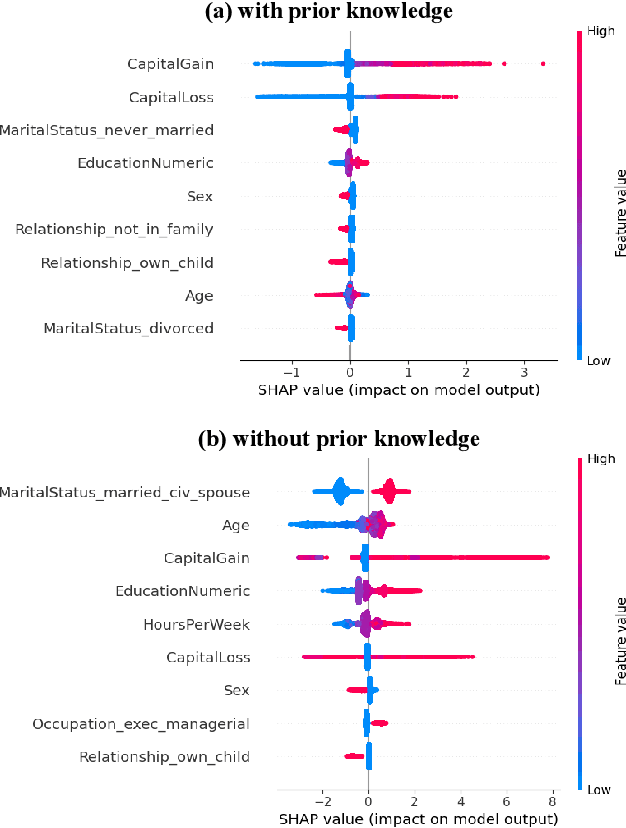
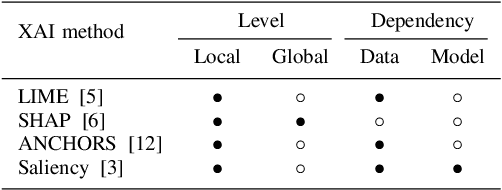


Abstract:The rapid evolution of machine learning (ML) has led to the widespread adoption of complex "black box" models, such as deep neural networks and ensemble methods. These models exhibit exceptional predictive performance, making them invaluable for critical decision-making across diverse domains within society. However, their inherently opaque nature raises concerns about transparency and interpretability, making them untrustworthy decision support systems. To alleviate such a barrier to high-stakes adoption, research community focus has been on developing methods to explain black box models as a means to address the challenges they pose. Efforts are focused on explaining these models instead of developing ones that are inherently interpretable. Designing inherently interpretable models from the outset, however, can pave the path towards responsible and beneficial applications in the field of ML. In this position paper, we clarify the chasm between explaining black boxes and adopting inherently interpretable models. We emphasize the imperative need for model interpretability and, following the purpose of attaining better (i.e., more effective or efficient w.r.t. predictive performance) and trustworthy predictors, provide an experimental evaluation of latest hybrid learning methods that integrates symbolic knowledge into neural network predictors. We demonstrate how interpretable hybrid models could potentially supplant black box ones in different domains.
Why Should I Choose You? AutoXAI: A Framework for Selecting and Tuning eXplainable AI Solutions
Oct 10, 2022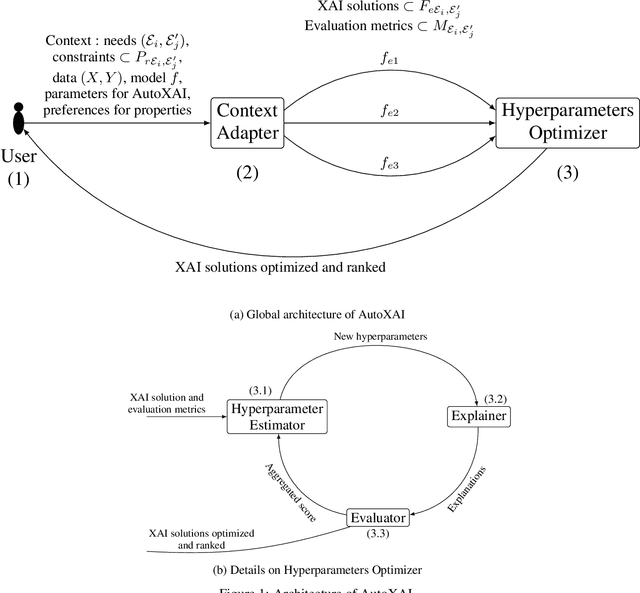


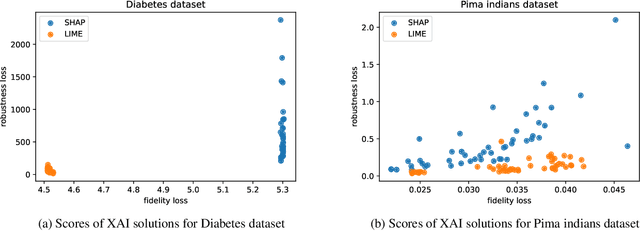
Abstract:In recent years, a large number of XAI (eXplainable Artificial Intelligence) solutions have been proposed to explain existing ML (Machine Learning) models or to create interpretable ML models. Evaluation measures have recently been proposed and it is now possible to compare these XAI solutions. However, selecting the most relevant XAI solution among all this diversity is still a tedious task, especially when meeting specific needs and constraints. In this paper, we propose AutoXAI, a framework that recommends the best XAI solution and its hyperparameters according to specific XAI evaluation metrics while considering the user's context (dataset, ML model, XAI needs and constraints). It adapts approaches from context-aware recommender systems and strategies of optimization and evaluation from AutoML (Automated Machine Learning). We apply AutoXAI to two use cases, and show that it recommends XAI solutions adapted to the user's needs with the best hyperparameters matching the user's constraints.
Coalitional strategies for efficient individual prediction explanation
Apr 01, 2021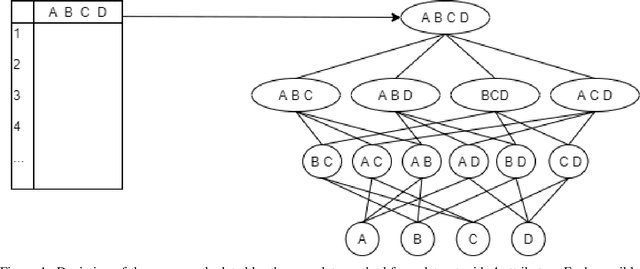


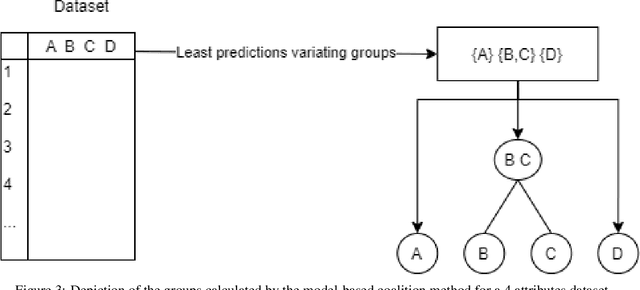
Abstract:As Machine Learning (ML) is now widely applied in many domains, in both research and industry, an understanding of what is happening inside the black box is becoming a growing demand, especially by non-experts of these models. Several approaches had thus been developed to provide clear insights of a model prediction for a particular observation but at the cost of long computation time or restrictive hypothesis that does not fully take into account interaction between attributes. This paper provides methods based on the detection of relevant groups of attributes -- named coalitions -- influencing a prediction and compares them with the literature. Our results show that these coalitional methods are more efficient than existing ones such as SHapley Additive exPlanation (SHAP). Computation time is shortened while preserving an acceptable accuracy of individual prediction explanations. Therefore, this enables wider practical use of explanation methods to increase trust between developed ML models, end-users, and whoever impacted by any decision where these models played a role.
 Add to Chrome
Add to Chrome Add to Firefox
Add to Firefox Add to Edge
Add to Edge